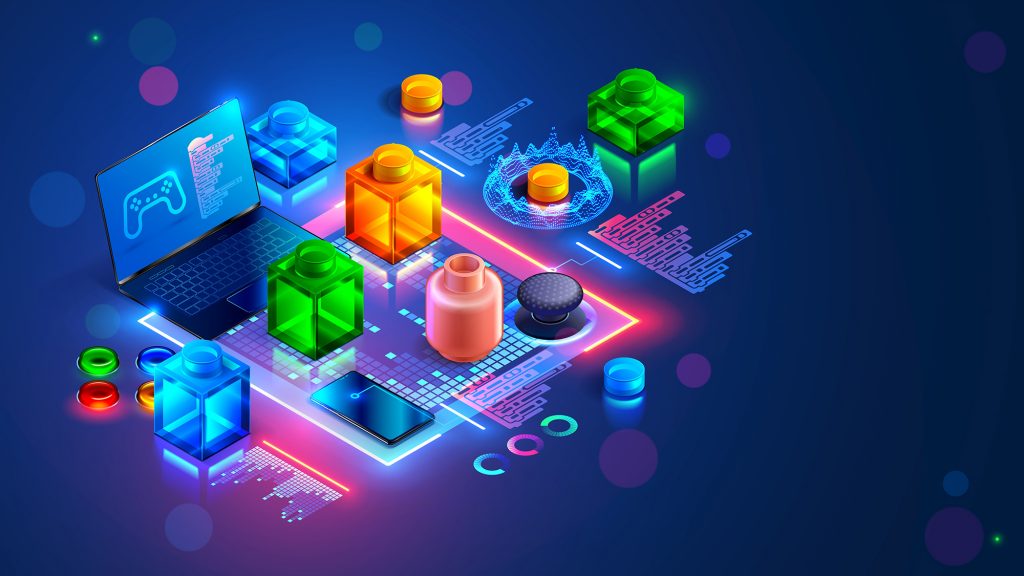The rise of Decentralized Finance (DeFi) has been impressive, representing the first massive adoption use case in Web 3. In just two short years, the total value locked in DeFi reached an astonishing 180 billion dollars by the end of 2021. We believe the key drivers behind this success are two fundamental values, composability and interoperability, which have allowed DeFi to flourish and unlock new use cases.
With a smart contract, a piece of code could automatically issue a loan based on the collateral provided by the individual. Composability refers to the ability of smart contracts to act as building blocks that can be assembled into larger, more complex systems. This is made possible through the convergence of community standards, such as the ERC-20 token standard in Ethereum, which describe how certain types of contracts should behave. With these standards in place, smart contracts can interact with each other seamlessly, like Lego pieces, to create entirely new applications.
Interoperability, on the other hand, enables assets to be moved and traded natively across different protocols and applications. This allows for a more connected ecosystem where different applications and protocols can work together to create a more powerful, holistic solution.
The same principles of composability and interoperability can be applied to the Gaming industry, unlocking new potential for the rapidly growing vertical in the crypto world, that is gaming assets and currencies traded natively across different games, protocols and platforms. From Money Legos to Gaming Legos.
Video games are the antecedent of Virtual Worlds and a perfect use case for NFT. The gaming industry has been growing at a steady 10% annually for the past 30 years, with an impressive $134 billion in annual revenue and $54 billion spent on virtual goods in 2020. Crypto has made gaming economies more accessible and has allowed more players to participate in «play-to-earn» economics. The introduction of standardized, interoperable assets has played a significant role in the progress of DeFi, and a similar framework for blockchain gaming assets would unlock the same potential for the gaming industry.
Standardizing a framework for Blockchain Gaming assets would allow for interoperability and composability among all games designed under this framework, enabling developers to easily incorporate in-game assets from other games and build upon existing systems and mechanisms from other developers and protocols.
In conclusion, the potential for gaming in the crypto world is immense. By applying the same principles of composability and interoperability that have driven the success of DeFi, the gaming industry can unlock new potential and tap into the rapidly growing world of crypto. The gaming industry is poised for great things in the coming years, and we believe that standardizing a framework for blockchain gaming assets will play a critical role in this growth.


